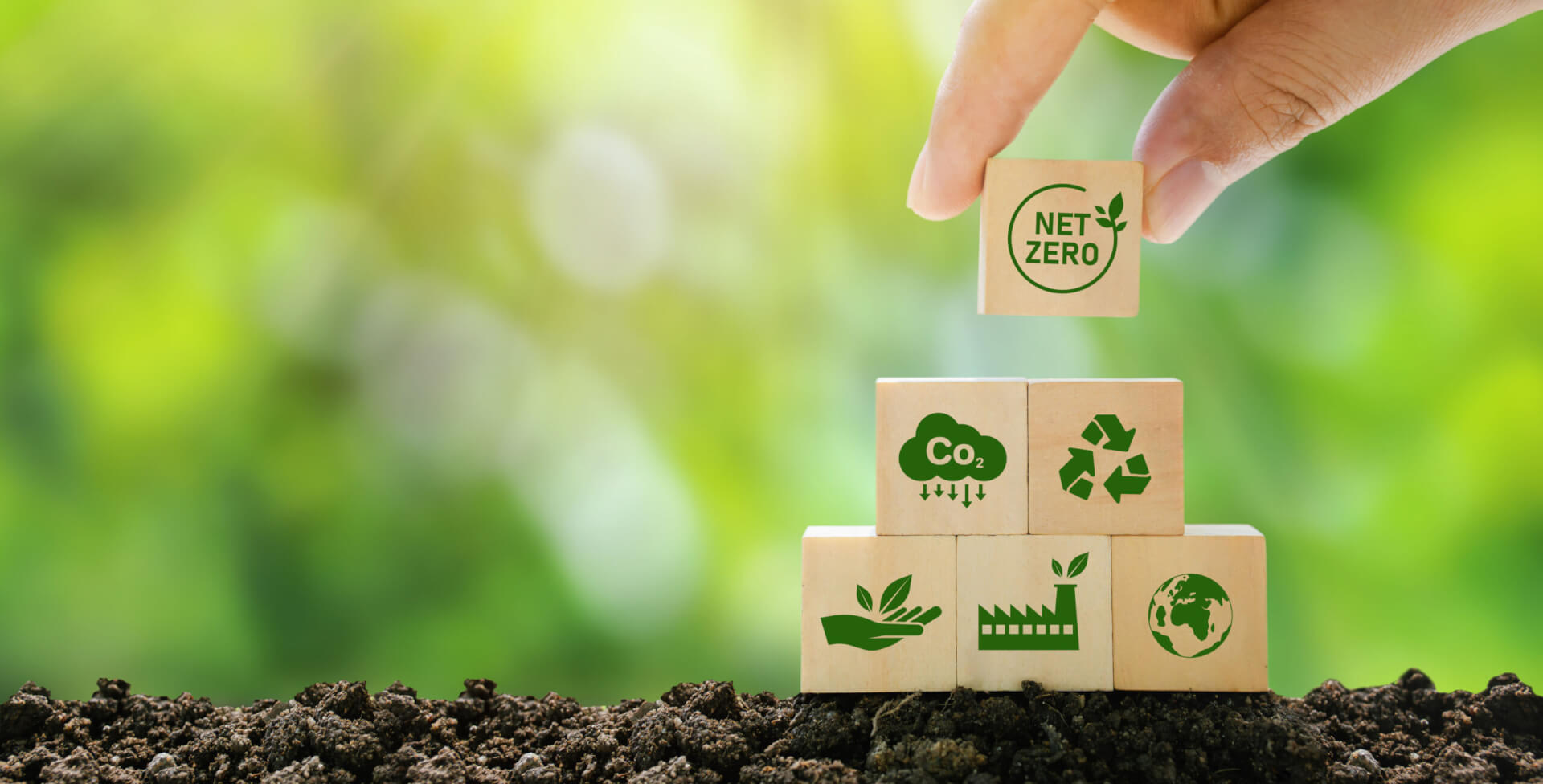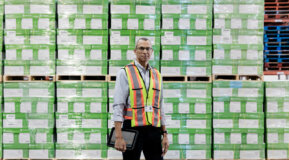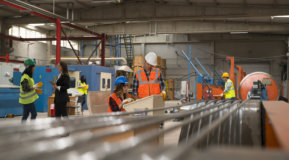
As more of our customers commit to becoming carbon neutral, they’ve been asking questions about how the products they use impact our planet. How much power are they consuming? How can they optimize resources? How can they minimize the negative environmental impact of their IT investments?
In a previous blog, I described the three areas of product development and operation that HPE Aruba Networking focuses on when designing our products for IT efficiency and sustainable operations—like how products are made, how they work, and how they are being used.
But what about the product lifecycle itself?
With sustainability now a growing business imperative, product lifecycle has become a hot topic. Of keen interest is understanding what is being done to extend the lifecycle of deployed products, and how best to plan for a network transition fiscally and responsibly.
Product lifecycle begins with design. Innovating for resiliency and efficiency leads to longer lifecycles. Since our early days, HPE Aruba Networking has been purposefully building products to deliver secure, high-performance connectivity in challenging environments as a general practice, and we’ve invested in hardware and software advancements, such as AI automation and unified management and control, that deliver maximum operational efficiency without compromise.
On average, our products are designed to give you a minimum useful life of 10 years—5 years availability in-market, and 5 years of hardware warranty and software support. Exact timeframes vary by product, but a recent portfolio analysis revealed that many of our products have had lifespans of up to 14 years or more. With that said, businesses typically refresh products on a 3-to-5-year cycle.
While new features that accelerate business agility are highly attractive, our experience suggests that the decision to refresh a network often has more to do with a customer’s desire to transition depreciated assets off their books rather than to replace products that are no longer usable. So how do customers minimize the negative impact of their IT investments while continuing to optimize their balance sheets and drive business growth?
Shifting the Lifecycle Paradigm
Acquiring network assets has traditionally involved making large CapEx investments at the time of purchase, after which assets depreciate over time. Once completely depreciated, those assets remain on the company books at their salvage value and require ongoing maintenance and lifecycle management until they are dispositioned.
An increasingly attractive alternative to this model is to consume network infrastructure as-a-service. Not only does this remove the burden of large upfront investments, but it also simplifies accounting activities, extends product lifecycles through circularity, relieves IT teams from managing the end-of-life transition of older equipment, and enables customers to sustainably migrate to new technologies to support their business trajectory.
HPE GreenLake for Networking offers customers flexible network-as-a-service (NaaS) options that deliver these benefits. In addition to purchasing simplicity and proactive architecture management, our NaaS solutions also offer lifecycle circularity and responsible end-of-life disposition.
The circular economy is created by extending the life of assets. It is our aim to renew any product we take back for re-use as certified pre-owned equipment rather than disassembling it for recycling and destruction. Many assets within a customer’s network still have market value despite being fully depreciated. HPE’s Asset Upcycling program returns value to our customers for legacy IT assets that can create investment capacity to help accelerate their network transitions and fund new projects.
Customers that take advantage of HPE GreenLake for Networking networking services can also leverage HPE’s Accelerated Migration Service, which shifts IT assets to a flexible usage model to help accelerate deployments without disruption and free up cash by recovering the value of equipment still in use.
The value gained is not trivial. To put it in perspective, over the last three years, HPE Financial Services returned approximately $1.3 million per day back to our customers with HPE Asset Upcycling and HPE Accelerated Migration services. That’s over $1.1 billion in the last 3 years directly back to customer budgets.
Most importantly, particularly for customers compelled to share environmental impact reports with stakeholders, HPE is the only company within our industry that can provide a custom Circular Economy Report that summarizes Scope 3 emissions, and provides details on materials returned, method of disposition, associated power savings, and year-over-year comparisons when available.
With global reach and one of the largest technology renewal operations in the world, in 2021, HPE processed more than 3 million assets weighing close to 27 million pounds. This amounted to approximately 85% of material being renewed for a second life, with the remaining 15% responsibly recycled with a minimum amount of material directed to landfill.
By extending the useful life of tech assets through design and circularity, HPE aims to help our customers maximize the value of the equipment they acquire while minimizing the environmental impact of their IT investments.
Being a Force for Good
We believe technology’s greatest promise lies in its potential for positive change, and our team is passionate about being a force for good. April is HPE volunteer month, and to reinforce our commitment to supporting HPE’s sustainability goals, the HPE Aruba Networking division launched Earth Day challenges designed to empower our employees with a better understanding HPE’s sustainability posture and to accelerate sustainability initiatives in our customers’ environments, our workplaces, and our communities. I am incredibly pleased and humbled by the tremendous enthusiasm and level of participation, as it is a great sign of things to come.
Additional resources
Sustainability at HPE Aruba Networking



